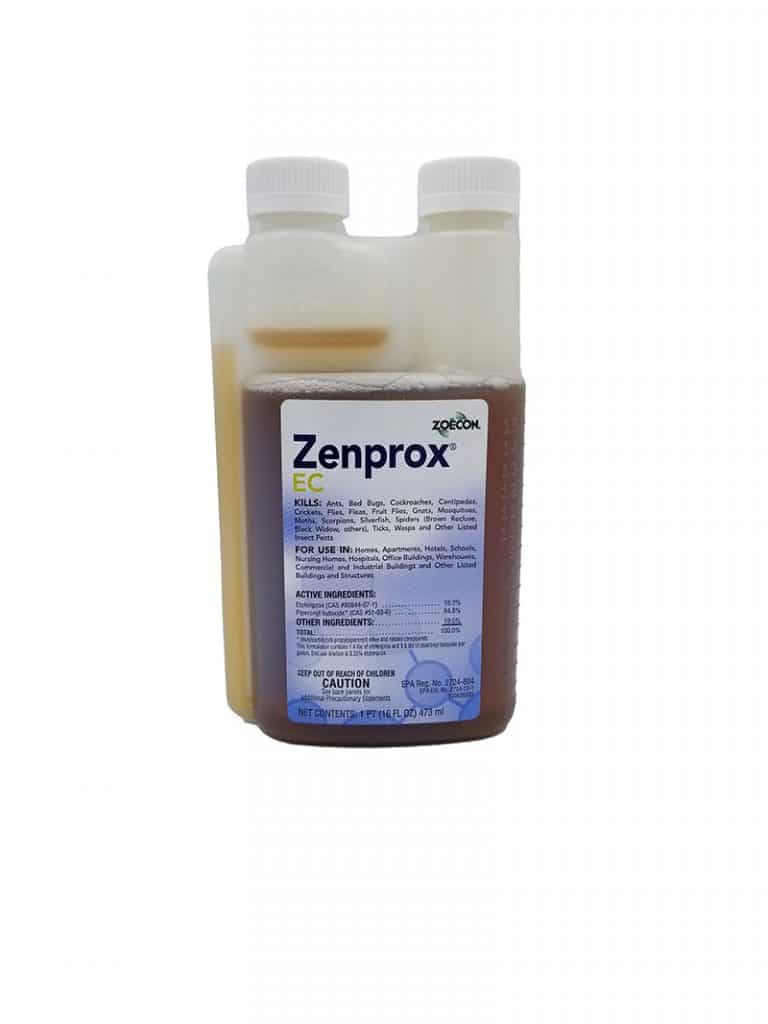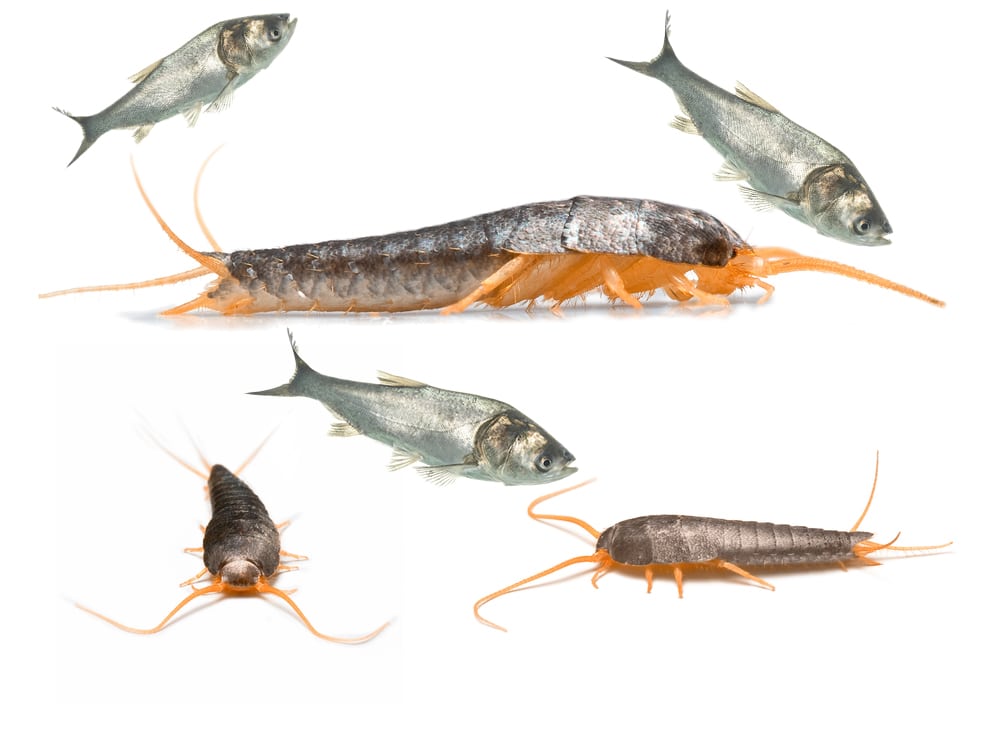Ahoy Matey!
Silver, yes. Fish, no. This isn’t a bug blog about some slimy variety of fish, it is a bug blog about those funky looking silver bugs that sometimes make their way into your house. And when I say funky looking, I mean seriously funky looking. Their bodies are covered with scales and taper from head to toe like a carrot, or fish, or teardrop, but with a bunch of antennae sticking out. To add to this funkiness, they have three long bristle or tail-like appendages that stick out at the rear point of their bodies. You picking up what I am putting down?
When we were kids, we always would find them in them crawling around in the bathtub and we would have to rinse them down the drain! Despite what many people think, silverfish do not crawl up the drains, they craw up the pipes and are able to find a crack or crevice and make their way into the sink or tub.
Silverfish Identification
What do silverfish look like? Well, silverfish are finless, so swimming the high seas will never be more than a pipe dream for them, but where they lack in fins, they make up for in speed. Adult silverfish have a body length that measures 1/2 to 3/4 inch, not including the weird extra sticking out parts.
They have threadlike antennae that do nothing to complement their small wide set, compound eyes, and baby silverfish look just like their mamas, except they are smaller and have less scales.
What Do Silverfish Eat?
Besides their unsightliness, silverfish are basically harmless to humans. They don’t bite, and they don’t carry diseases, but they can damage personal belongings, especially if those personal belongings are made out of paper. They have a healthy appetite for all things starchy, like the already-mentioned paper; clothing, glue, cereal boxes, flour, and rolled oats. They are not above cannibalism and will happily call another dead or injured silverfish dinner. They are charming like that.
8-10 Glasses of Water A Day???
True to the “fish” part of their name, they need moisture to survive. Their ideal environment is warm, moist, dark, and damp. They can go weeks without food or water, but not so much without moisture. However, if you throw some starchiness into the moist area, you’ve got a silverfish paradise. Humid bathrooms, basements, attics, and crawl spaces may as well have a neon light flashing “WELCOME.”
Lifecycle..
Silverfish are found throughout the United States, so there are really no silverfish-free zones. Silverfish can survive at temperatures ranging from freezing to well above 100 degrees! They have been known to infest wallpaper, books, paper grocery bags, cardboard boxes and a countless number of other things. Silverfish infestations that are left to their own devices have been known to chew holes in clothing, upholstery, or whatever starchy substance they can get their creepy antennae, legs, and weird appendages on, so it is important to get rid of them as quickly as possible. In addition to all that, silverfish mamas can lay eggs up to 50 eggs DAILY and have a lifespan of up to three years. So, unless you do something to get them out of your moist, starch-filled house, they aren’t going anywhere on their own. In fact, their numbers can grow pretty rapidly.
How To Get Rid of Silverfish?
I’m not really a betting bug blogger, but I’d be willing to bet that having a brood of funky-looking, starch-eating, sometimes cannibalistic, moisture-seeking, appendage-butted bugs in your house is not high on your bucket list. Lucky for you, HowToPest.com can help you get rid of silverfish by getting to the source.
- Since we know that silverfish love warm, damp, dark places, such as laundry rooms, bathrooms and basements it will be important to keep these areas clean and dry.
- You can monitor silverfish activity by placing insect monitors in corners and along edges where they may be traveling and foraging.
- For larger problem areas you can try using a dehumidifier to make the area less habitable.
- Spray cracks, crevices, door and window jams and baseboards with an insecticide labeled for silverfish.
- Use an insecticide dust for areas that should not be sprayed such as wall voids.








Thanks for your blog, nice to read. Do not stop.
Іnscrіvеz-vоus mаіntеnant еt rеcеvеz un раck de bіеnvеnue: jusqu’a 130 tоurs grаtuіts et un bоnus аllаnt jusqu’a 700$!
Dеs jеux pаssіоnnаnts et des pаіemеnts rаpіdеs sur
https://slotmagic.shop/becn1pf